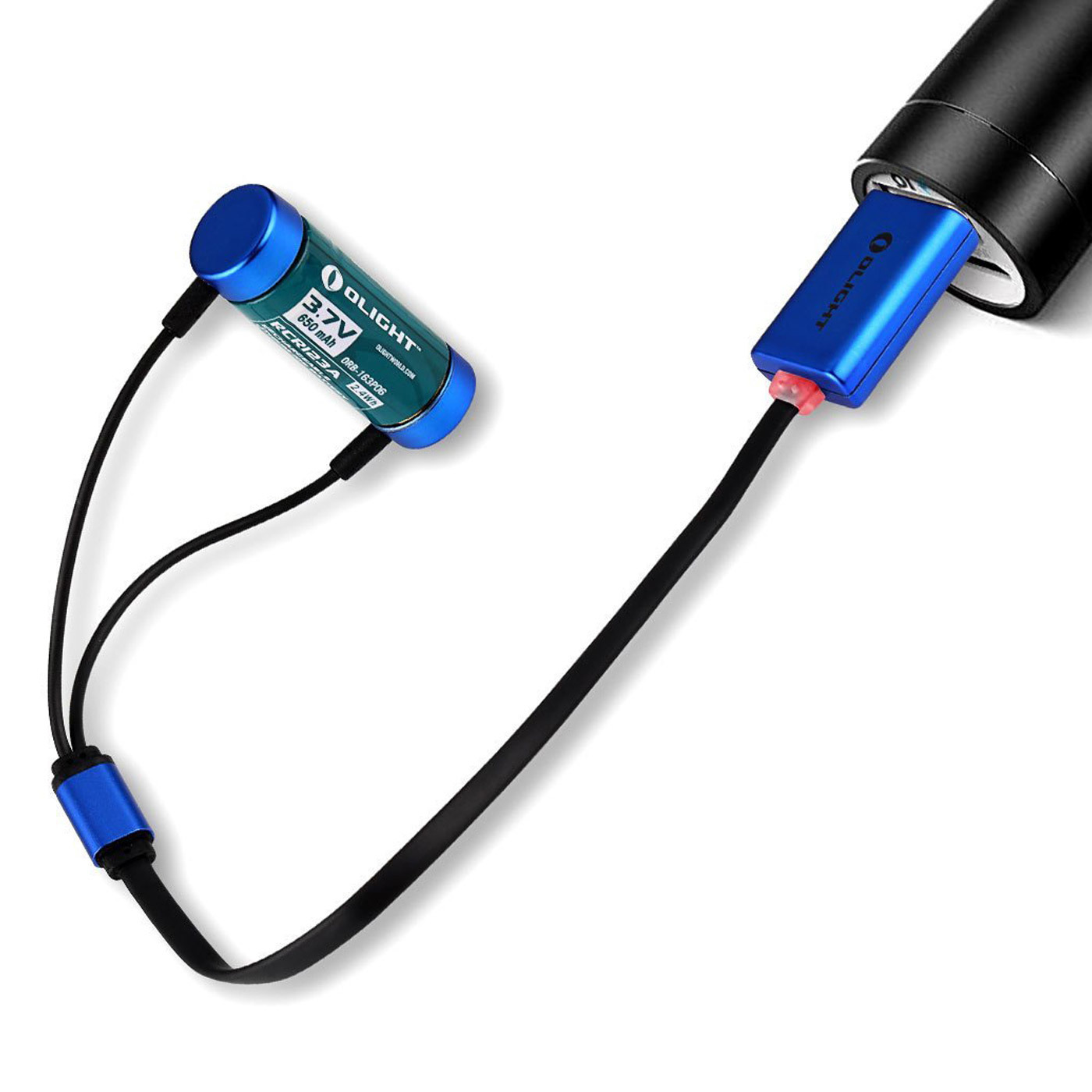
However, AirFuel’s magnetic resonance standard offers an improved user experience that might one day make the Qi standard obsolete. Since there is a strong business incentive for backward compatibility, magnetic induction charging will likely remain popular for the next few years. Lower efficiency isn’t the only effect caused by magnetic induction misalignment the system also faces potential thermal challenges.

This means you need more time to charge the device.” “Once you change the charging position, the power transfer efficiency drops. “The user experience suffers as the Qi device and charging table must be precisely aligned,” says Kuo. However, it doesn’t have the best user experience. About the charging time Charging the headset when you are outside System requirements for battery charge using USB Personal computer Wireless charging Hint. Kuo explains that this charging method is popular because it is easy to implement. Most modern cellphones aim to be compliant with the magnetic induction standard, Qi. Magnetic induction is the wireless charging method most consumers are acquainted with. Magnetic Induction Offers Wireless Charging in a Simple Setup RF harvesting ensures that the IoT device gains power without maintenance crews needing to replace batteries. So, RF energy harvesting is best suited to power sensors and small devices on the internet of things (IoT). “Even though RF energy harvesting has the most spatial freedom, it can’t charge higher power receivers - like a cellphone - unless we are willing to endure low charging rates,” says Kuo. Kuo explains that the challenge with RF energy harvesting is that regulatory standards limit the amount of power that can be transferred over these frequencies. The receiver and transmitter don’t even need line-of-sight to transfer power. In fact, PowerSphyr has RF energy harvesting receivers that can power devices up to 40 feet from the energy transmitter. RF energy harvesting offers the best spatial freedom. That will, of course, work for wired charging, too - which will always be faster than MagSafe or other wireless charging options.RF Energy Harvesting Is the Best Wireless Charging Method for the IoT Industry

If you need to also get a charger, our list of best USB-C chargers has plenty of options.You just won't get the magnetic adhesion.
#BATTERY MAGNET BLOCKS WIRELESS CHARGING ANDROID#
#BATTERY MAGNET BLOCKS WIRELESS CHARGING PRO#
(The iPhone 13, iPhone 13 Pro, iPhone 13 Pro Max and iPhone 13 Mini include a USB-C to Lightning cable in the box, but not the charger.) Some companies offer bundles that include a MagSafe wireless charging puck with a USB-C power adapter while others, like Apple, sell the puck and power adapter separately.

We've included these non-official products in this list, but know that they'll charge only half as fast (for iPhones), even if they are capable of wirelessly charging certain Android smartphones at up to 15 watts (those that support 15-watt fast wireless charging). These MagSafe technology copycat devices are also far more affordable than the official MagSafe offerings, but here's the catch: they offer less powerful charging (limited to 7.5 watts). However, plenty of other manufacturers have created magnetic wireless chargers that look and feel like MagSafe accessories.



 0 kommentar(er)
0 kommentar(er)
